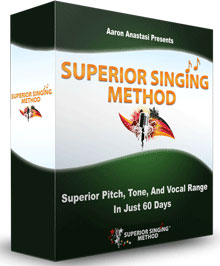We will be covering a lot of things in this massive tutorial. You will
learn step by step how you can create any cartoon character you imagine
using photomanipulation, retouching and color grading techniques. With
only Photoshop and stock photos (or your own) you can create a unique
caricature that can be a logo, a mascot for a product, a character in an
ad, etc.. You can of course use the same techniques explained in this
tutorial, in a more subtle way, to spice up your portraits or images.
This tutorial has a massive 89 steps detailing the entire process to achieve the image above and don't worry, all my tutorials can be done by anyone who has basic knowledge of Photoshop. Unlike other tutorials you'll sometimes see out there, you don't need to be a skilled digital painter to achieve the same results I get here - as I'm not a good digital painter myself ;)

As you can see below, I started out with a sketch of what I wanted to recreate in Photoshop. When doing a project like this, it is not a bad idea to do a sketch on a piece of paper, even if you are not that good at drawing, just so you have a clear idea of what you want to achieve. Another reason why drawing a rough a sketch is important is that a cartoon character has very different proportions than a real person and since we are using stock photos of real people to achieve our character, it's useful to have the scanned sketch of a cartoon in the background of your canvas in Photoshop to really help guide you in your creation. If you really cannot draw to save your life, you can use any cartoon image you find online and use it as a guide for proportions.
This Photoshop tutorial has 89 steps explained with text instructions + images and there are 2 steps a little more complicated that are explained with videos.
This tutorial has a massive 89 steps detailing the entire process to achieve the image above and don't worry, all my tutorials can be done by anyone who has basic knowledge of Photoshop. Unlike other tutorials you'll sometimes see out there, you don't need to be a skilled digital painter to achieve the same results I get here - as I'm not a good digital painter myself ;)

As you can see below, I started out with a sketch of what I wanted to recreate in Photoshop. When doing a project like this, it is not a bad idea to do a sketch on a piece of paper, even if you are not that good at drawing, just so you have a clear idea of what you want to achieve. Another reason why drawing a rough a sketch is important is that a cartoon character has very different proportions than a real person and since we are using stock photos of real people to achieve our character, it's useful to have the scanned sketch of a cartoon in the background of your canvas in Photoshop to really help guide you in your creation. If you really cannot draw to save your life, you can use any cartoon image you find online and use it as a guide for proportions.
This Photoshop tutorial has 89 steps explained with text instructions + images and there are 2 steps a little more complicated that are explained with videos.



 Cost:
Cost:



